Music, Clubbing and Food: The Ultimate Weekend Guide to Bologna, Italy
By Maddalena VattiBologna, affectionately known as “la ghiotta” (“the glutton”) because of its excellent food scene and culinary tradition, titillates tourists with its tagliatelle al ragu, tortellini in brodo, and its luxurious charcuteries and cheese boards served with crescentine (deep fried dough pockets) and tigelle. But this city is more than just good gastronomy. Beyond the table, Bologna pulsates with a creative energy that transcends mere food and wine, rivalling that of most Italian cities, including bigger, more well-known cultural centres like Milan and Rome.
Below is a curated weekend guide to Bologna, for those who wish to do more than just eat.
Cineteca Lumiere
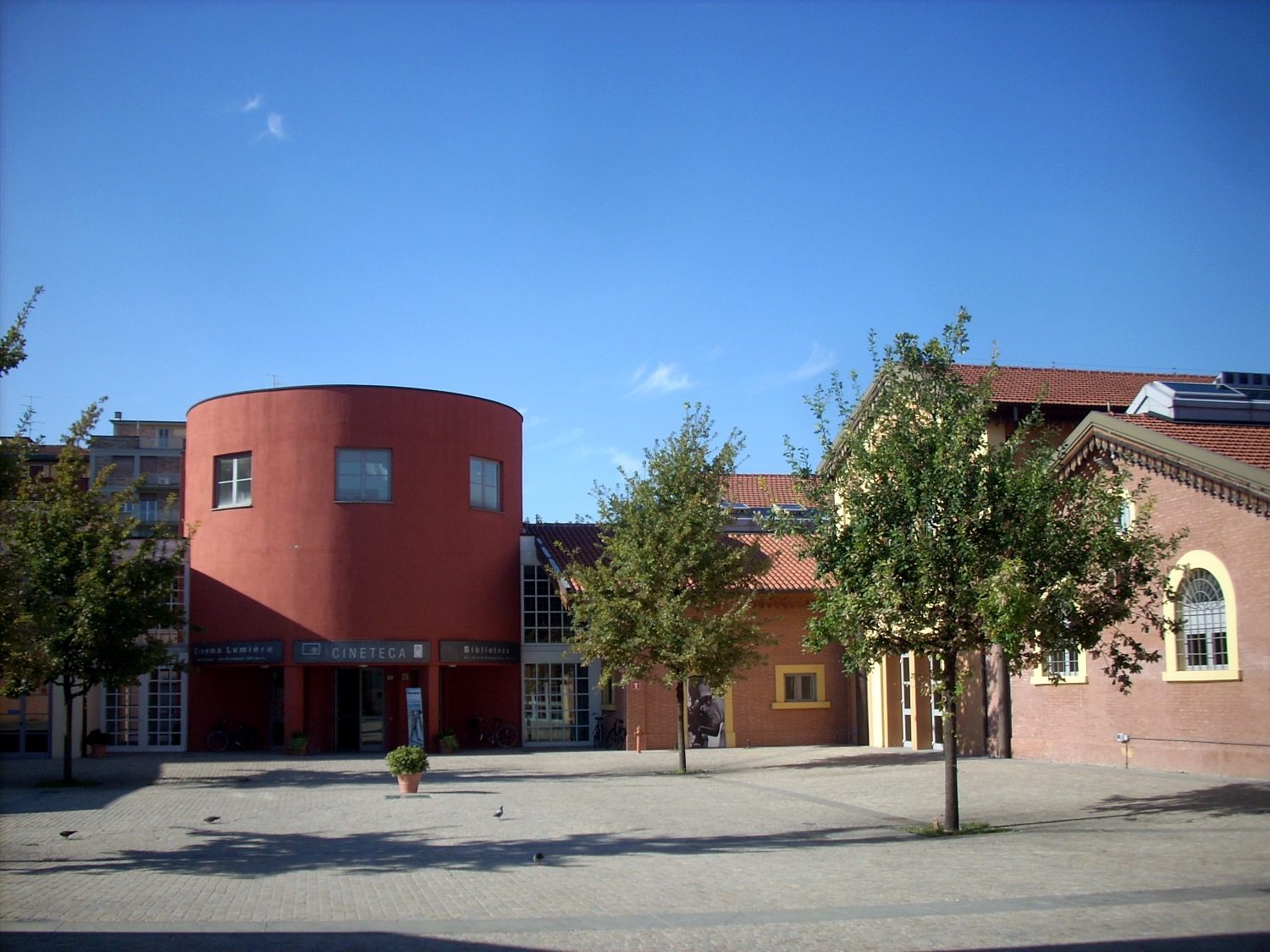
Thanks to its “portici”, the architectural feature that provides shelter to most streets in the centre, you can walk around Bologna even on a rainy day completely unfussed. But when it’s cold and if you’re feeling a little nostalgic, I recommend checking out Cineteca Lumiere. Lumiere holds a very special place in the heart of any local film enthusiast: It offers a passport to global cinema, showcasing foreign films in their original language – a rare treat in Italy’s dub-dominated landscape. From the latest releases to retrospectives on arthouse cinema (featuring directors like Godard, Cassavetes, Pasolini, Bergman, etc.), the program caters to diverse tastes. Cineteca Lumiere also serves as a film library, supporting film students’ research, and a film laboratory where old films are restored. In the summer, the cinema extends outdoors to Piazza Maggiore for Il Cinema Ritrovato festival, where restored classics, including silent films accompanied by live orchestras – an enchanting experience against the backdrop of the square’s stunning architecture – are on show completely free of charge. Seeing 1001 Space Odyssey and Once Upon a Time in America in that setting was very very cool.
Every Saturday morning, in the square by the cinema, Lumiere hosts a farmers market, where you can grab some baked bits for breakfast, or fresh fruit and vegetables, local cheeses and meats to snack on. There’s always a lively atmosphere, and lots of locals do their weekly veg shop here too. During spring and summer, in the same square, they also open Il Cameo, an outdoor bar where you can eat from a small menu and drink campari cocktails and refreshing wines for aperitivo.
Piazzetta P. P. Pasolini, 2/b, 40122 Bologna BO
Atelier Si
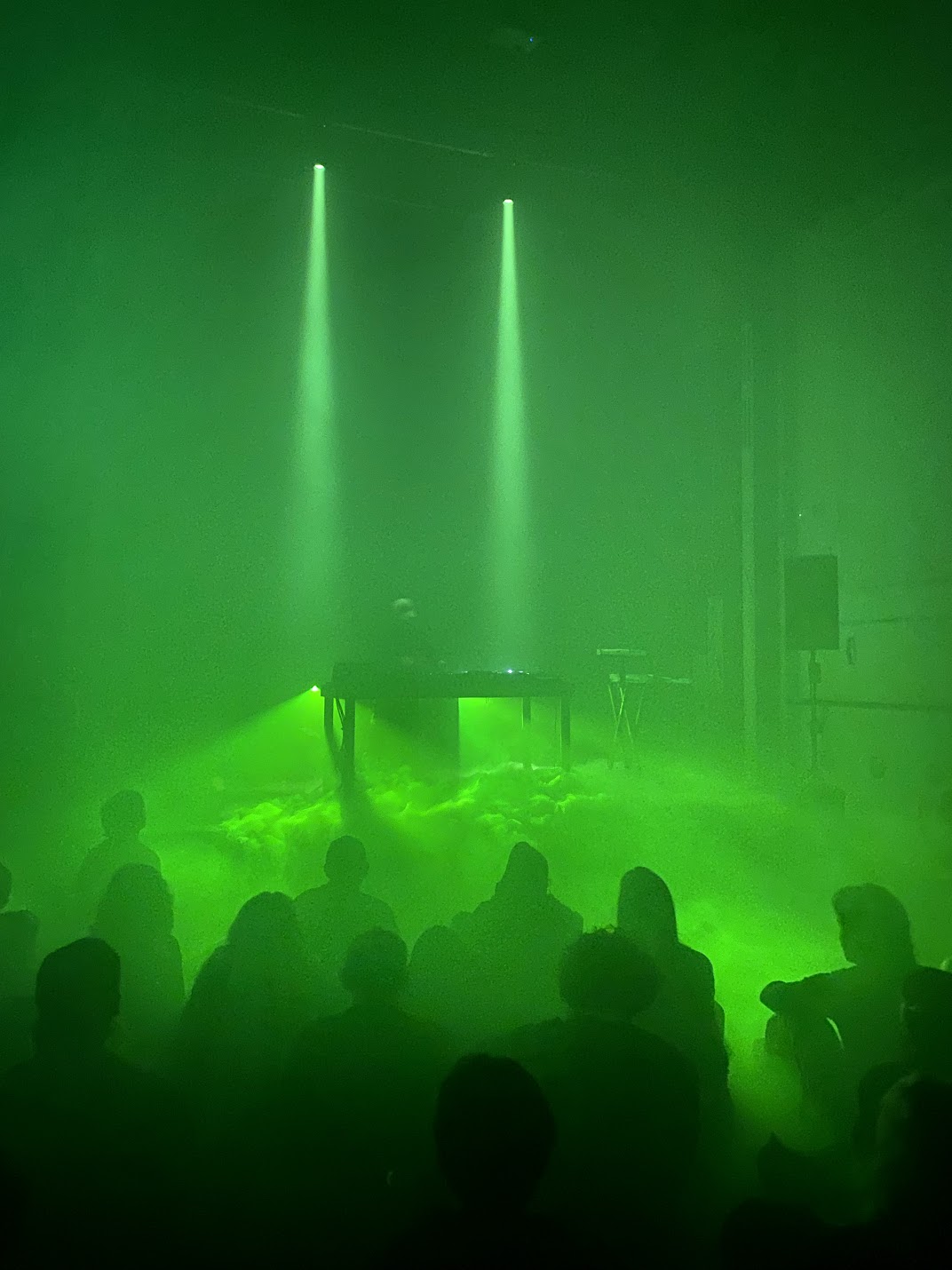
Atelier Si is the epitome of hipster chic in Bologna. Located in the very heart of town, this space hosts a diverse cultural programme ranging from theatre, performing arts, readings, and experimental music, most often electronic. A permanent feature is “ombre lunghe” (long shadows), a mini music festival which takes place seasonally, and which happened to be on the weekend I was there in April. Performing was SSaliva (Francois Boulanger), an electronic music producer from Lieges, Belgium, famous for his mellow and ethereal soundscapes, and following him was producer/composer/poet Chuquimamami-Condori from Riverside, California. Packed with deconstructed club classics, cumbia, random samples, and lots of references to indigenous Bolivian music – part of Chuquimamami-Condori’s musical heritage – this was one of the most eclectic sets I’ve ever seen – a lot of fun. If you’re a music buff, I recommend checking out what’s on – most of Atelier Si events are listed on DICE.
Via S. Vitale, 69, 40125 Bologna BO
Osteria Le Mura
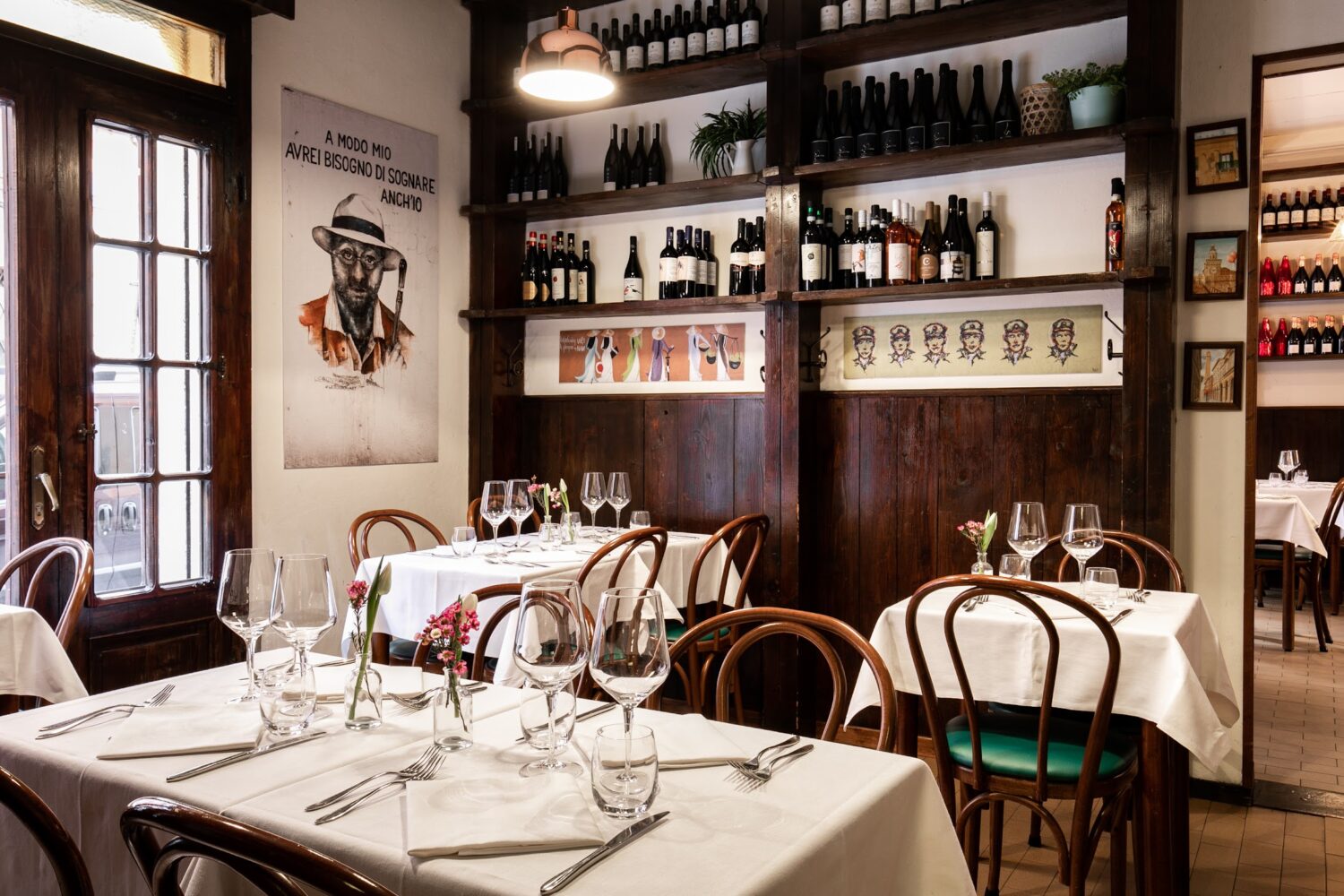
This spot has become a favourite among those who want a more upmarket experience of traditional Bolognese cuisine. Here you’ll find all the classics, but with a little pzazz, and a wine list that goes beyond the usual suspects. The menu is divided between the “traditional” and the “creative,” plus some seasonal dishes depending on the time of the year. Deep fried artichokes with pecorino cream are incredible, as were the strozzapreti pasta with Roman broccoli, stracchino, and crunchy toasted breadcrumbs with rosemary. But if you’re craving something heartier, the gramigna with salsiccia, a staple, is made with local meat, milk broth, and dandelion – and it’s incredible. If you’re feeling experimental, instead, the ombrina (croaker fish) with mango and liquorice is a standout choice. Pair your meal with a local natural wine like Scirone from Villa Venti – a structured skin contact white that’s basically an orange – and don’t miss the “fior di latte bolognese” for dessert – a delightful rendition of panna cotta.
Vicolo del Falcone, 13/a, 40124 Bologna BO
Locomotiv
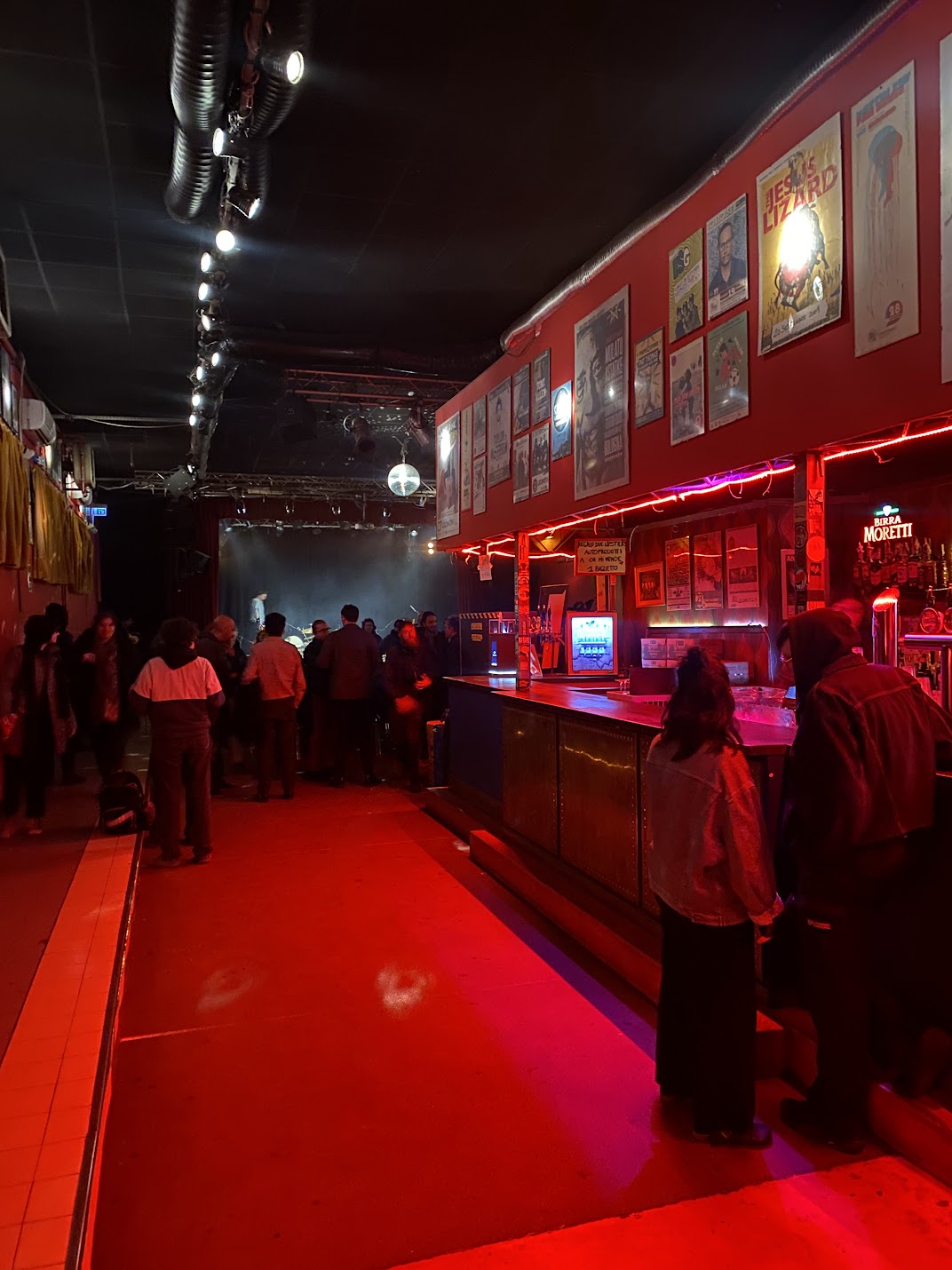
Since 2007, when this old building – part of the Dopolavoro Ferroviario (the place where railway workers used to hang out after-hours) – was transformed into a music venue, it’s been a favourite for local music enthusiasts. It’s located in Bolognina, an up-and-coming neighbourhood just outside the city centre that’s currently popping with a new-wave of trendy restaurants and bars. Locomotiv hosts live gigs ranging from rock, prog, jazz, as well as some dancey club nights and festivals in collaboration with other venues. I caught a Slovenian folk band called Širom, whose members played dozens of instruments scattered on stage, creating a variety of sound patterns ranging from the more traditional ensembles to avant-garde folk and acoustic rock. Locomotiv consistently high-quality lineup is thanks to the talented curators behind the programming.
Via Sebastiano Serlio, 25/2, 40128 Bologna BO
MODO
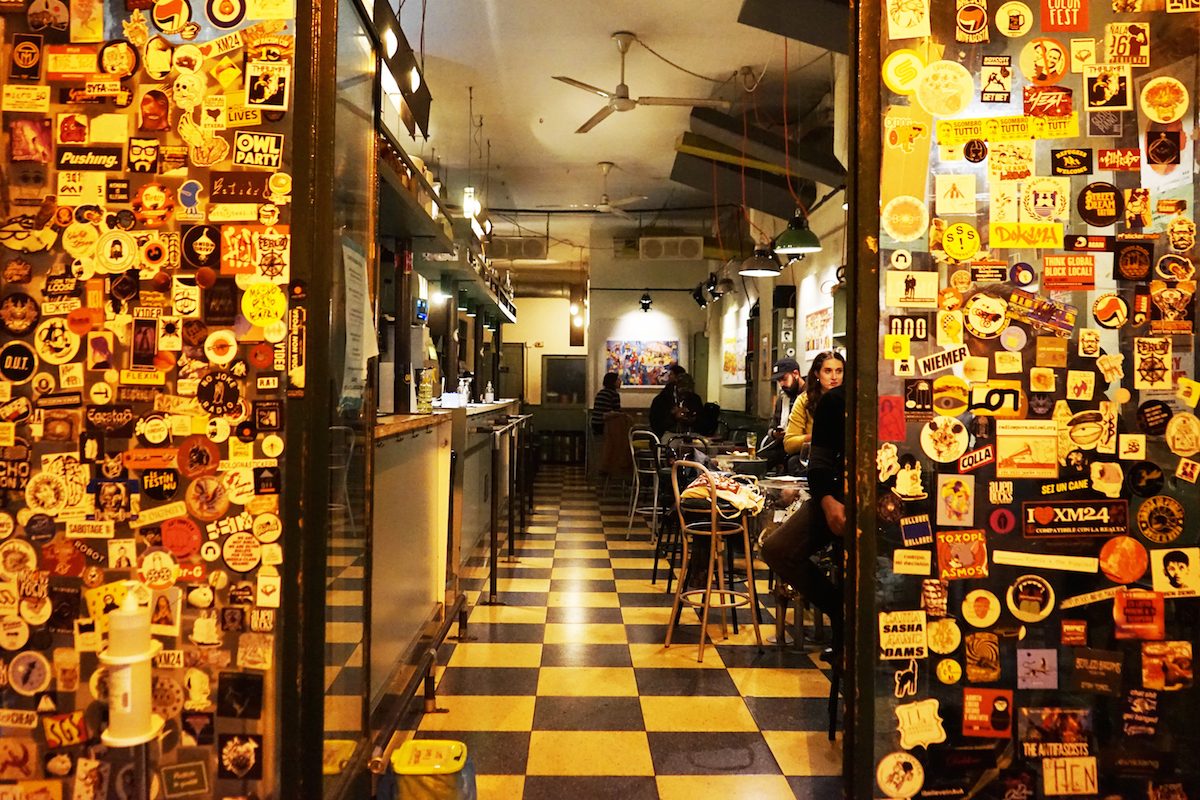
For a glimpse into Bologna’s bohemian lifestyle, consider visiting MODO around 5 p.m. or 6 p.m., the spot where you can be sure everyone will be smoking rollies and sporting a worn out paperback in the pocket of their corduroy blazer as they sip on craft beers. This independent bookshop / micropress / bar is a hub for the city’s literary and artistic community and usually heaving with bearded hipsters and intellectuals from the humanities departments (literature, philosophy, history, and fine arts – which are just located up the road from Via Mascarella), and the older graduates who have never left. They serve spritz, wines, some cocktails, and have a decent selection of beers from local breweries, but really you go for the atmosphere. The bookshop, located just next to the bar, regularly hosts book launches, readings, and presentations, boasting a rich catalogue that includes small indie presses, comics, illustrated titles, and limited and rare editions – a haven for any aficionado of printed material.
Via Mascarella, 24b, 40126 Bologna BO
Il Tartufo
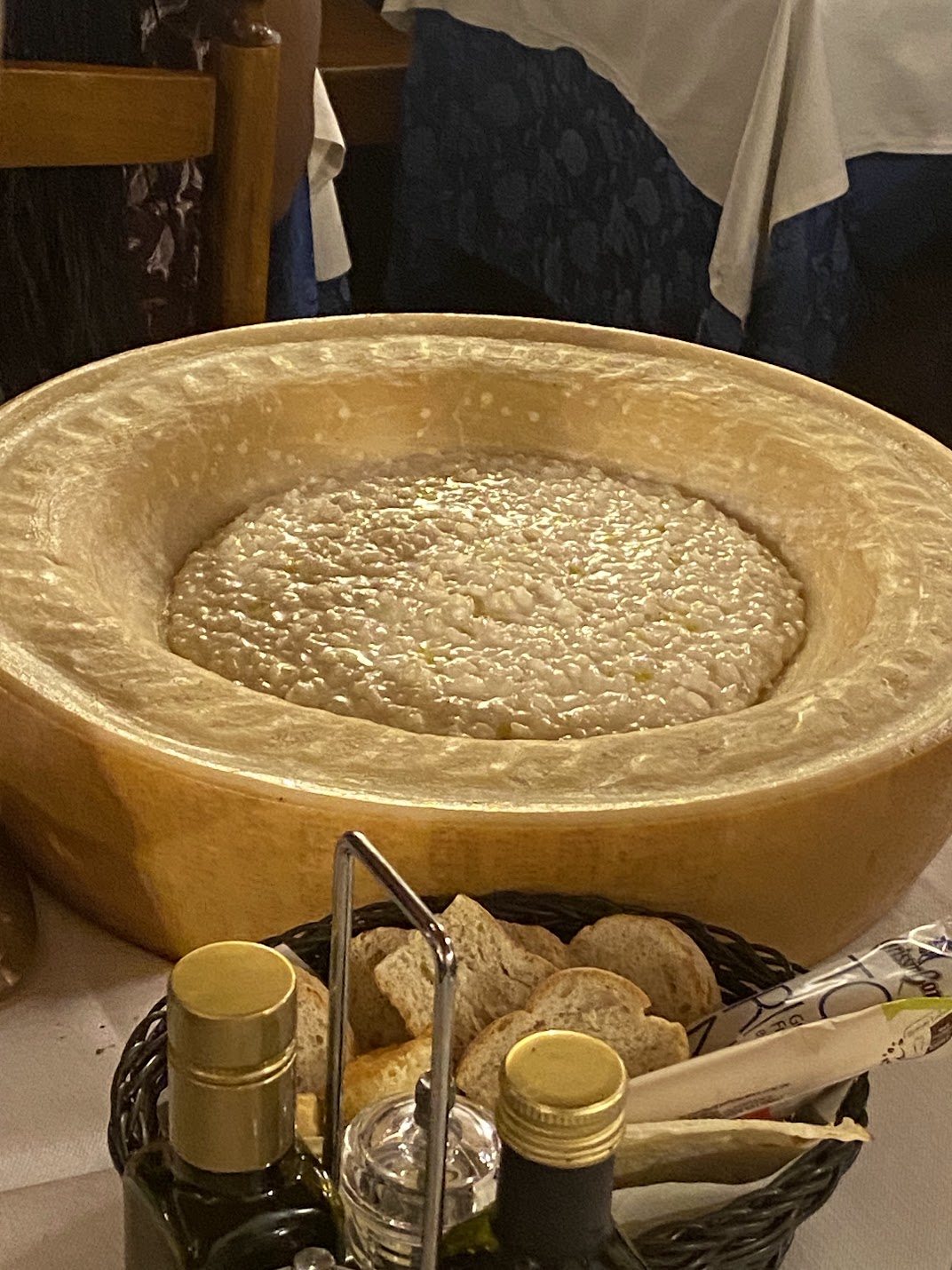
This old trattoria located in the lower part of the centre is a spot most beloved by the publishing professionals who come to Bologna during the Children’s Book Fair season, and during that time, it is very hard to find a table (when we ate there, Richard Scarry’s son and grandson were sitting nearby). The hostess is an older lady with blonde highlights, nude lipstick, and very little patience for indecisive customers. In fact, there is really only one thing to order on the menu (though other options are provided), and it’s the truffle risotto. It’s best when ordered for 3+ people because it comes served in a giant parmesan wheel, where it gets stirred until the rice is coated in the rich tanginess of the local cheese. After a day of walking around and with no plans of going out afterwards, this dish is the best end to your weekend: pure creamy indulgence, cheesy and buttery with freshly shaved black truffle on top. The tiramisu is also very valid.
Via del Porto, 34, 40122 Bologna BO
And some more music venues…
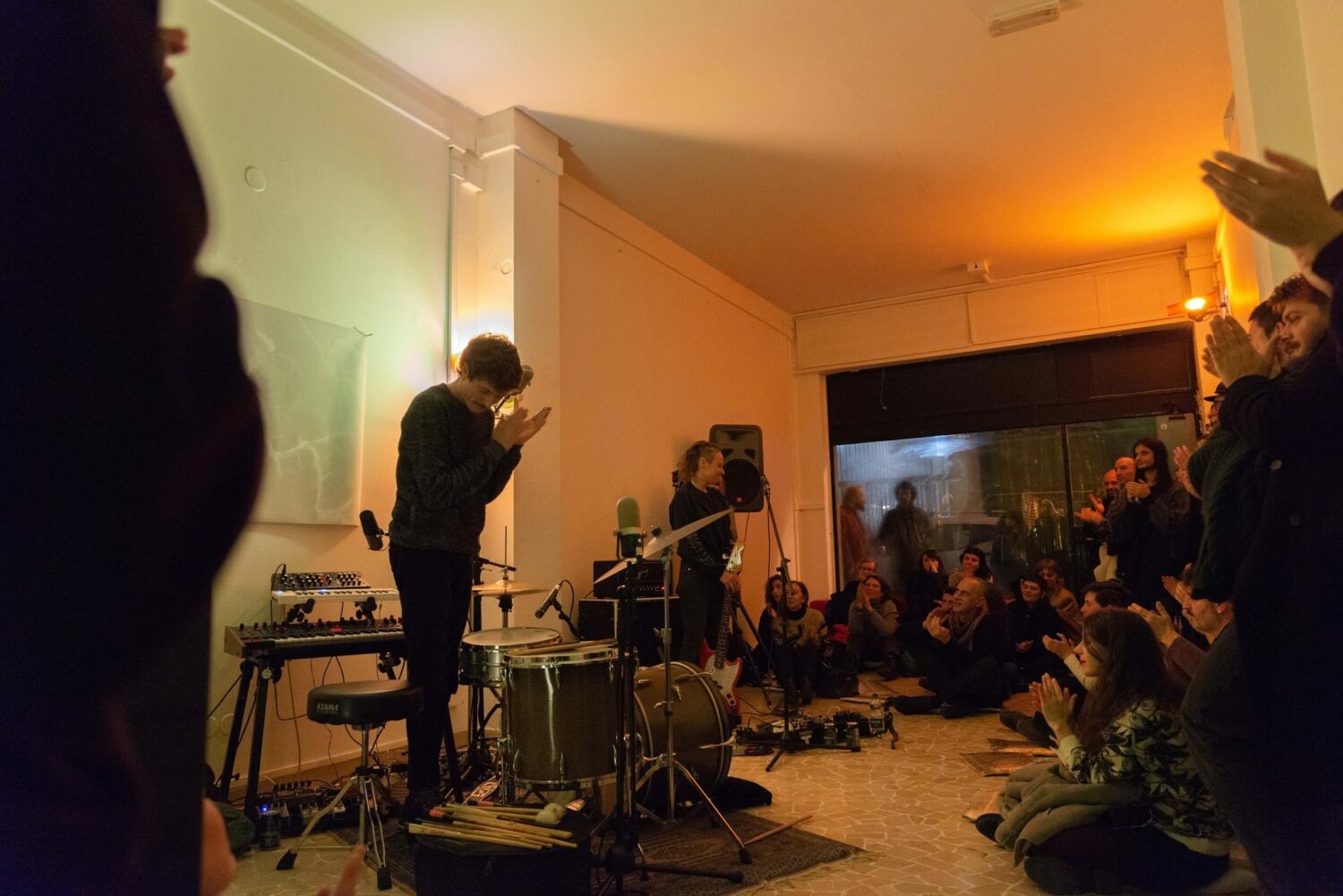
For those interested in performance art and experimental music, Bologna offers a vibrant subculture worth exploring further. Circolo Hex is the new iteration of the Circolo Anarchico (the anarchic collective), and is the place to go if you want to listen to a gritty punk gig. RAUM and Grabinsky Point (a portmanteau of the classic movie by Michelangelo Antonioni Zabriskie Point and the street where the venue is located, Via Grabinski) are instead at the most alt-weird end of the spectrum. If you’re a music intellectual who likes minimalist and meditative soundscapes, or just hungry to take a peek at Bologna’s underbelly, you should head over to see what’s on offer. The last thing to mention is DAS, a space where performance, dance, poetry, visual and video art are brought together to spark new conversations on the future of contemporary art. DAS organises residencies, collective projects with students, workshops, and exhibitions. Fun fact: the place, located not far from the main train station, used to be a coffin deposit.
Header image: Mercato Ritrovato at the Cineteca Lumiere, by Maddalena Vatti.